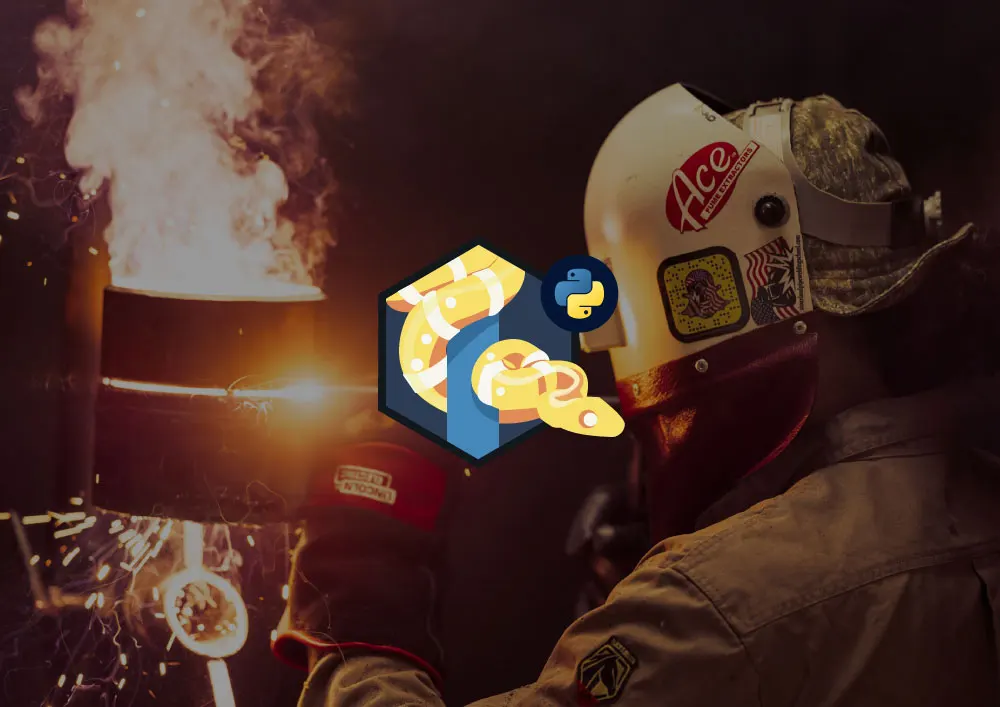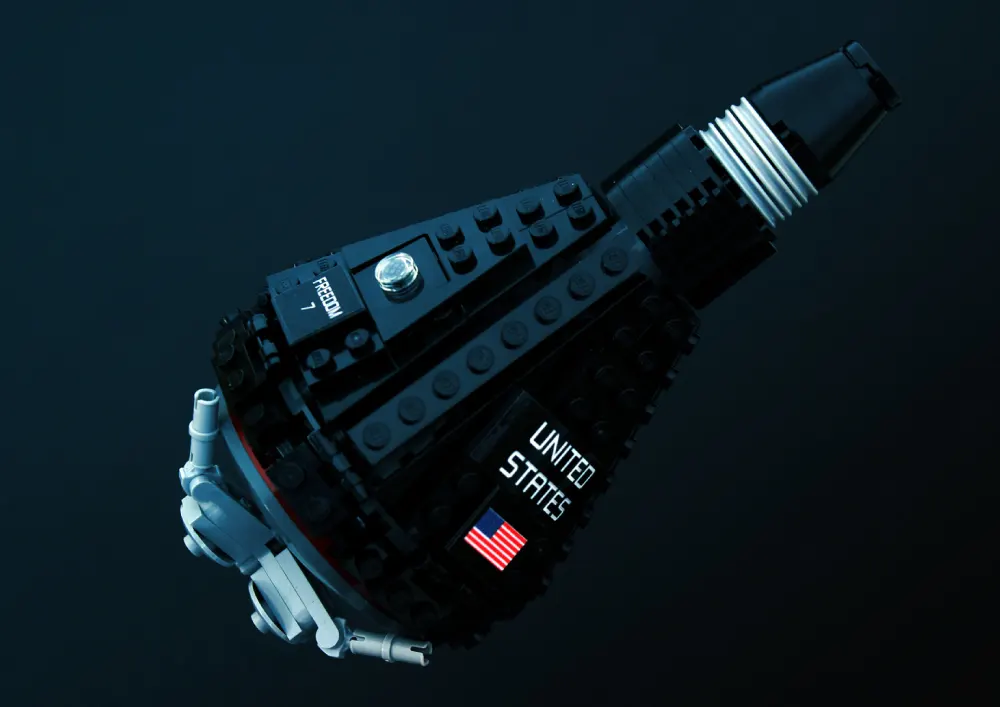At our Industrial Welding Blog, we share our expertise on everything welding-related.
From the latest techniques and equipment to best practices and safety measures, our blog covers it all.
Our latest tips and techniques for industrial welding include:
MIG Welding Tips: Mastering MIG welding techniques can make a huge difference in the quality and strength of your welds. We share our top MIG welding tips for better results.
TIG Welding Techniques: TIG welding is a precise and versatile welding technique that requires skill and practice to master. Our experts share their favorite TIG welding techniques for industrial applications.
Welding Safety Measures: Welding can be dangerous if proper safety measures aren't followed. We cover the essential safety measures for welding in an industrial setting.
With our Industrial Welding Blog, you'll stay informed and up-to-date on the latest welding trends and best practices. Whether you're an experienced welder or just starting out, we've got something for everyone.

Welding in the Defense Industry: Techniques and Applications for Military Applications
Welding plays a crucial role in the defense industry, from building military vehicles to repairing aircraft and naval vessels.
In this article, we'll explore the different techniques and applications of welding in the defense industry,
from the specialized materials and welding processes used for building tanks and other military vehicles to the unique challenges of welding in a marine environment.
We'll also discuss the importance of quality control and inspection in the defense industry to ensure that welds meet the rigorous standards required for military applications.
Whether you're a student, a seasoned welder, or just curious about welding in the defense industry,
let's explore the techniques and applications used for military applications together and gain a deeper understanding of this critical aspect of the trade.
Military Applications

×


The Impact of Welding on the Environment: Addressing Sustainability Concerns
Welding is a trade that has the potential to impact the environment in various ways, from the emissions generated during the welding process to the materials used in welding projects.
In this article, we'll explore the environmental impact of welding and discuss strategies for reducing emissions and waste,
such as using alternative energy sources and implementing circular economy principles.
We'll also discuss the importance of sustainable materials and how using recycled or repurposed materials can minimize the environmental impact of welding projects.
Whether you're a student, a seasoned welder, or just interested in the intersection of welding and sustainability,
let's explore the impact of welding on the environment together and learn how we can address these concerns.
Addressing and Sustainability

Welding in the Marine Industry: Materials and Techniques Used in Shipbuilding
Welding is a critical part of shipbuilding in the marine industry, and understanding the materials and techniques used is essential for success.
In this article, we'll explore the materials and techniques used in shipbuilding, including the different types of steel and aluminum alloys used for ship construction,
as well as the welding techniques and processes commonly employed.
We'll also discuss the importance of quality control and inspection in the marine industry to ensure that welds are up to the rigorous standards required for shipbuilding.
Whether you're a student, a seasoned welder, or just curious about welding in the marine industry,
let's explore the materials and techniques used in shipbuilding together and gain a deeper understanding of this critical aspect of the trade.
Welding in the Marine Industry

×


Welding for the Future: What to Expect in the Next 10 Years
Welding is a constantly evolving trade, and the next 10 years are poised to bring significant changes and advancements.
I'm excited to share my insights on what to expect in the future of welding.
In this article, we'll explore emerging technologies, such as additive manufacturing and robotics, that are set to transform the welding industry.
We'll also discuss the increasing demand for sustainable and eco-friendly welding practices and how this will shape the future of the trade.
Additionally, we'll touch on the skills and knowledge that will be essential for welders in the future, including digital literacy and adaptability.
Whether you're a student, a seasoned welder, or just interested in the future of the trade, let's explore what's to come in welding for the next 10 years together.
Welding for the Future

Welding in the Nuclear Industry: Challenges and Opportunities
Welding plays a crucial role in the nuclear industry, but it also poses unique challenges and opportunities.
In this article, I'll discuss the challenges and opportunities of welding in the nuclear industry,
including the importance of quality control, the need for specialized equipment and techniques, and the potential for innovation and advancement in the field.
We'll also explore the various applications of welding in the nuclear industry, from constructing nuclear power plants to repairing nuclear reactors.
Whether you're interested in a career in the nuclear industry or just curious about the role of welding in this field,
let's explore the challenges and opportunities of welding in the nuclear industry together.
Nuclear Industry
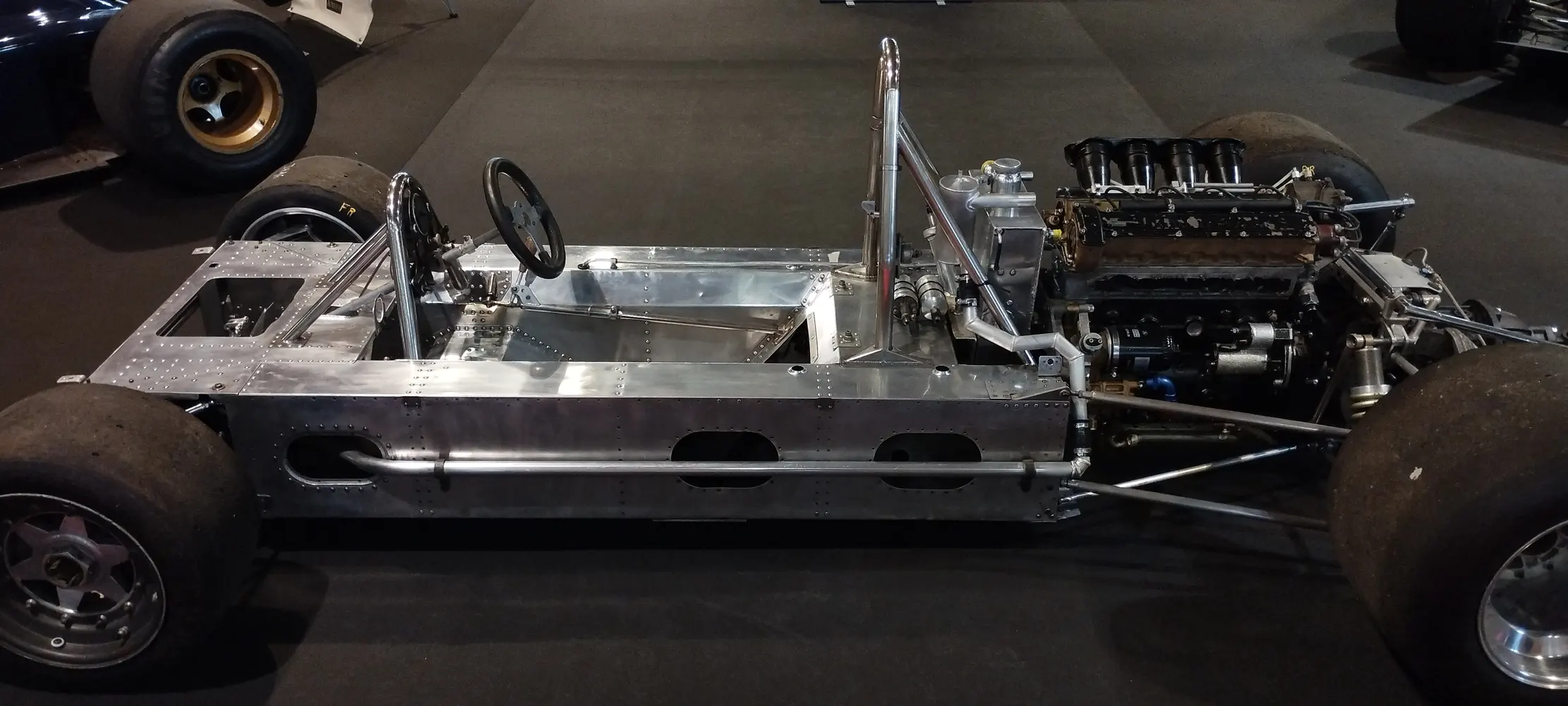
×


Welding Aluminum: Techniques and Best Practices for Success
Welding aluminum is a unique process that requires specific techniques and best practices for success.
In this article, I'll share my top tips and techniques for welding aluminum, including choosing the right filler material,
selecting the appropriate welding technique, and properly preparing the metal for welding.
We'll also cover common mistakes to avoid and troubleshooting techniques to help you achieve successful welds.
Whether you're a beginner or an experienced welder, welding aluminum can be challenging but rewarding.
So, let's explore the techniques and best practices for welding aluminum together and help you achieve success in your welding projects.
Welding Aluminum

Welding Safety for Advanced Welders: What You Need to Know
Welding is a rewarding trade, but it's also a potentially dangerous one.
In this article, I'll share tips and advice on how to stay safe while welding, including how to protect yourself from harmful fumes,
how to prevent arc flash, and how to properly use personal protective equipment (PPE).
We'll also discuss how to identify potential hazards and how to develop safe welding practices to reduce the risk of accidents.
Whether you're an experienced welder or just starting out, welding safety should always be a top priority.
So, let's explore welding safety for advanced welders together and ensure that you're equipped with the knowledge and tools necessary to stay safe on the job.
Welding Safety
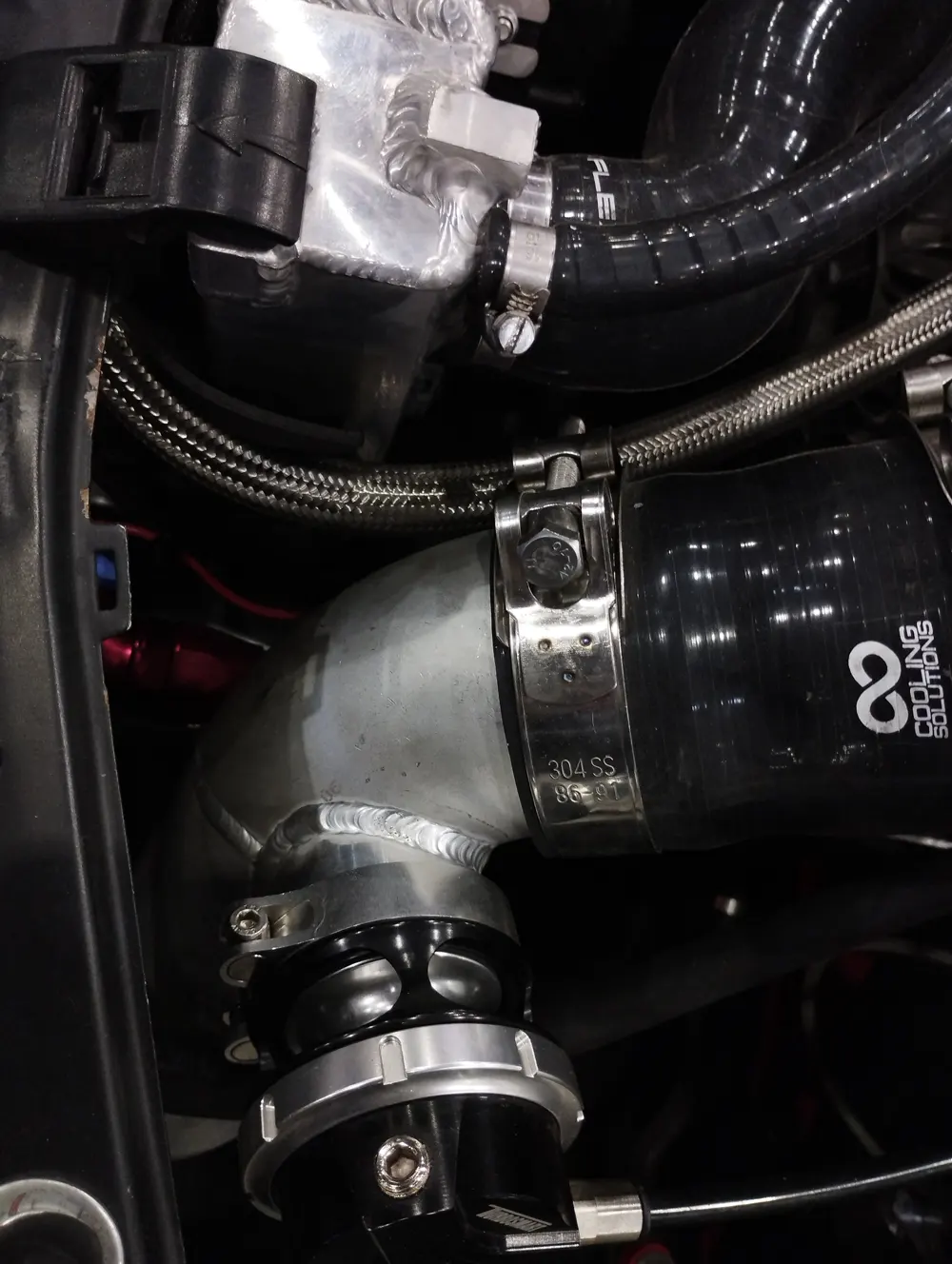
×


Welding Metallurgy: Understanding the Science Behind Welding Processes
Welding metallurgy is the science behind welding processes.
I've seen firsthand how important it is to understand the metallurgy behind welding in order to achieve high-quality welds.
In this article, I'll explain the basics of welding metallurgy and how it affects your welding process.
We'll cover topics such as the properties of metals, welding defects, and the effects of heat on metal.
By understanding the science behind welding processes, you can make informed decisions when selecting materials, choosing welding techniques,
and troubleshooting problems in your welding process.
So, whether you're a beginner or an experienced welder, let's dive into welding metallurgy together and gain a deeper understanding of the science behind welding processes.
Welding Metallurgy

Welding Automation: How to Incorporate Robotics into Your Welding Process
Welding automation is becoming increasingly popular in the welding industry.
Incorporating robotics into your welding process can save time and increase efficiency.
I can help you take your welding process to the next level with automation.
In this article, I'll share tips on how to incorporate robotics into your welding process, including selecting the right equipment, programming robots, and integrating automation into your existing welding process.
Whether you're looking to increase your production capacity or improve the quality of your welds, welding automation can help you achieve your goals.
So, let's explore the benefits of welding automation together and discover how you can incorporate robotics into your welding process.
Welding Automation
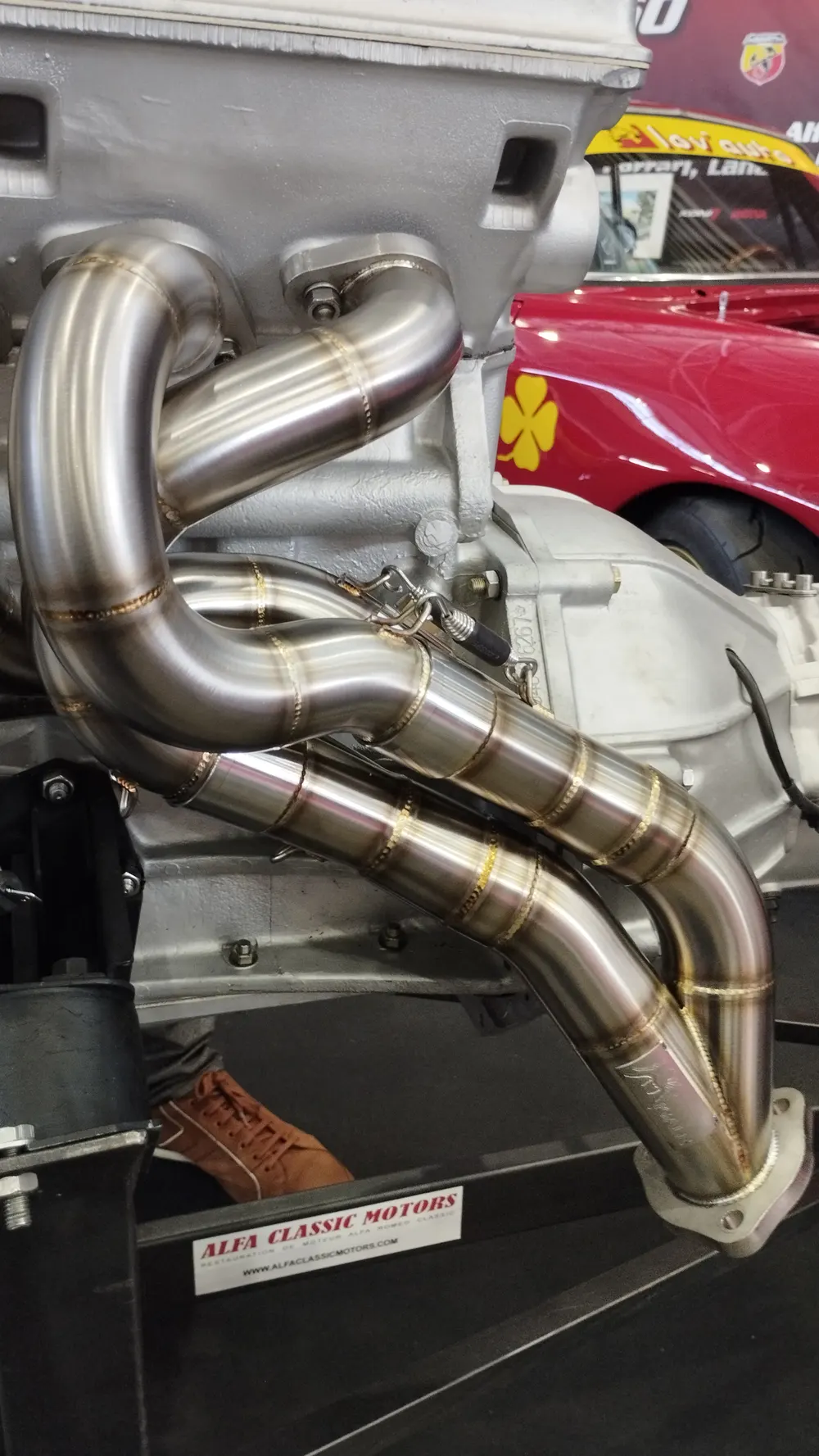
×


The Art of Welding: Tips and Tricks for Achieving Beautiful Welds
In "The Art of Welding: Tips and Tricks for Achieving Beautiful Welds," I'll share my top tips for achieving stunning welds that not only look great but also perform flawlessly.
Whether you're a novice or a seasoned pro, these tips will help you take your welding skills to the next level.
So, whether you're welding as a hobby or a career, let's explore the art of welding together and create beautiful welds that will impress everyone who sees them!
The Art of Welding

Welding Inspection and Quality Control: Industry Standards and Best Practices
Welding inspection and quality control are essential processes in ensuring that welded structures meet the required standards for safety and reliability.
Various industry standards and best practices exist to guide these processes and ensure that they are carried out correctly.
For example, the American Welding Society (AWS) has established standards for welding inspection, including the visual inspection of welds,
as well as more advanced techniques such as ultrasonic testing and radiography.
Other organizations such as the International Organization for Standardization (ISO) and the European Welding Federation (EWF) have
also developed guidelines and standards for welding inspection and quality control.
Best practices for welding inspection and quality control include proper documentation of all welding processes,
including materials used and welding parameters, as well as the regular calibration and maintenance of testing equipment.
By following industry standards and best practices, welding inspection and quality control can help to ensure that welded structures are safe and reliable, meeting the required standards and regulations.
Welding Inspection
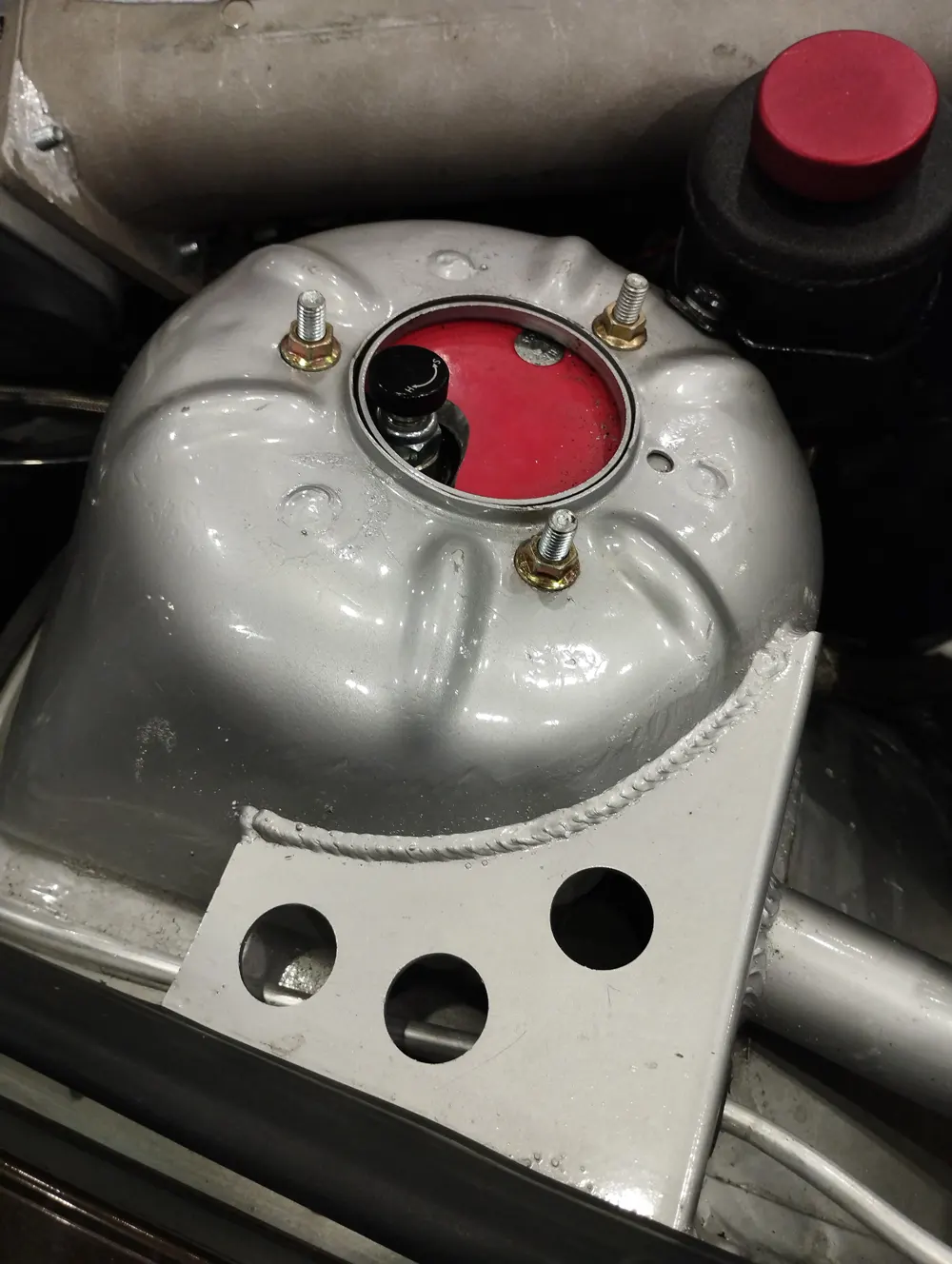
×


Welding in the Oil and Gas Industry: Materials and Techniques for Extreme Environments
Welding is a critical process in the oil and gas industry, as welded structures are used in a wide range of applications,
from pipelines and storage tanks to offshore platforms and drilling rigs.
However, these structures are often exposed to extreme environments, including high temperatures, pressure, and corrosive materials,
which can cause significant damage to the welds over time.
Therefore, choosing the right materials and techniques is crucial in ensuring the safety and reliability of these structures.
Common welding techniques used in the oil and gas industry include shielded metal arc welding (SMAW), gas tungsten arc welding (GTAW), and flux-cored arc welding (FCAW).
Materials used in welding for the oil and gas industry often include high-strength low-alloy (HSLA) steels, duplex and super duplex stainless steels, and nickel-based alloys,
all of which offer excellent corrosion resistance and strength in extreme environments.
Overall, proper selection of welding materials and techniques is critical in ensuring the safe and reliable operation of structures in the oil and gas industry.
Oil and Gas Industry

The Role of Machine Learning in Welding Process Optimization
Machine learning has emerged as a powerful tool in the optimization of welding processes.
By analyzing large amounts of data from sensors and other sources, machine learning algorithms can identify patterns and trends that are difficult for humans to detect.
This enables the optimization of welding parameters such as current, voltage, and travel speed to achieve the desired quality of welds while minimizing defects and reducing costs.
In addition, machine learning can help to predict potential issues before they occur, allowing for preventative maintenance to be performed to avoid costly downtime.
Overall, machine learning has the potential to revolutionize the field of welding by improving efficiency, reducing costs, and increasing the quality and reliability of welded structures.
Role of Machine Learning
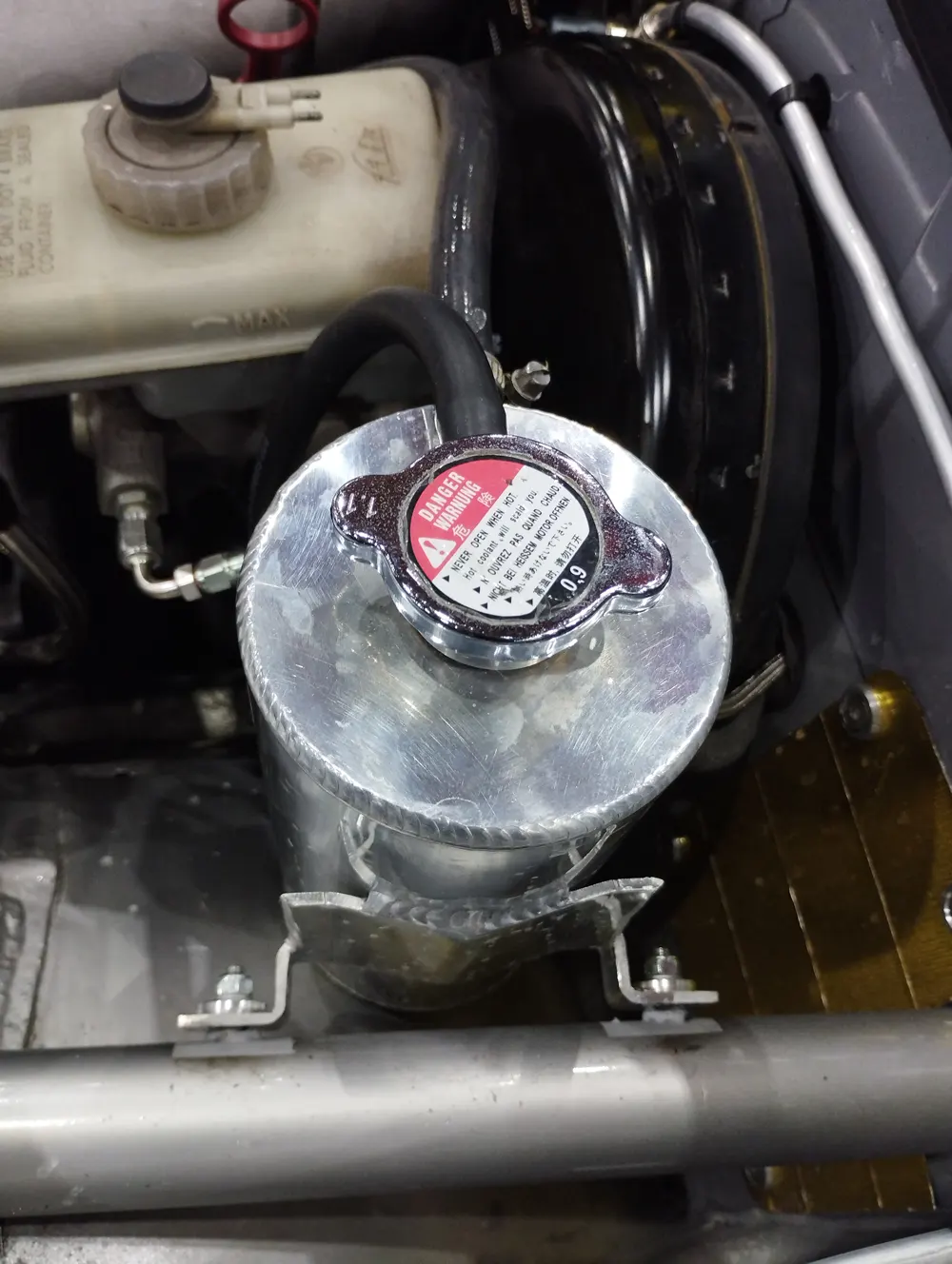
×


Welding in Medical Device Manufacturing: Materials and Techniques
Welding is a critical process in the manufacturing of medical devices, as it is used to join components together to create complex assemblies.
The selection of welding materials and techniques is crucial in ensuring that the final product is safe, reliable, and meets regulatory requirements.
For example, some medical devices require the use of materials that are biocompatible, non-reactive, and corrosion-resistant to prevent adverse reactions in patients.
Common welding techniques used in medical device manufacturing include laser welding, ultrasonic welding, and resistance welding.
Each technique has its advantages and limitations and is chosen based on the specific application requirements.
Laser welding, for example, is commonly used in the manufacturing of small and intricate medical devices, while ultrasonic welding is often used to bond thermoplastic materials.
Overall, the proper selection of welding materials and techniques is critical in ensuring that medical devices are safe and effective for patients.
Medical Device Manufacturing

The Importance of Welding Metallurgy in Material Selection
Welding metallurgy plays a crucial role in the material selection process because it helps to ensure the durability,
strength, and integrity of a welded joint. Different materials have varying welding properties,
and understanding these properties is essential for choosing the right material for a specific welding application.
Factors such as the type of welding process, the welding environment, and the intended use of the welded component all need to be considered when selecting a material.
By taking into account the welding metallurgy of various materials, engineers can choose materials that will provide the best combination of weldability,
strength, and corrosion resistance for a given application. This ultimately leads to safer, more reliable, and longer-lasting welded structures.
Importance of Welding Metallurgy

Advanced Welding Techniques for High-Temperature Applications
Advanced welding techniques are needed for high-temperature applications, where materials are subjected to extreme temperatures and harsh environments.
These advanced techniques often involve the use of specialized equipment and materials, such as high-temperature alloys and ceramics, to withstand the demanding conditions.
Some of the commonly used welding techniques for high-temperature applications include electron beam welding (EBW), laser beam welding (LBW), and friction stir welding (FSW).
These techniques allow for precise control of the heat input and can produce high-quality welds with minimal distortion and residual stress.
Welding in high-temperature applications requires a deep understanding of material properties, welding process parameters, and the specific environmental conditions.
By using advanced welding techniques, it is possible to create durable and reliable structures for use in industries such as aerospace, energy, and transportation.
Advanced techniques
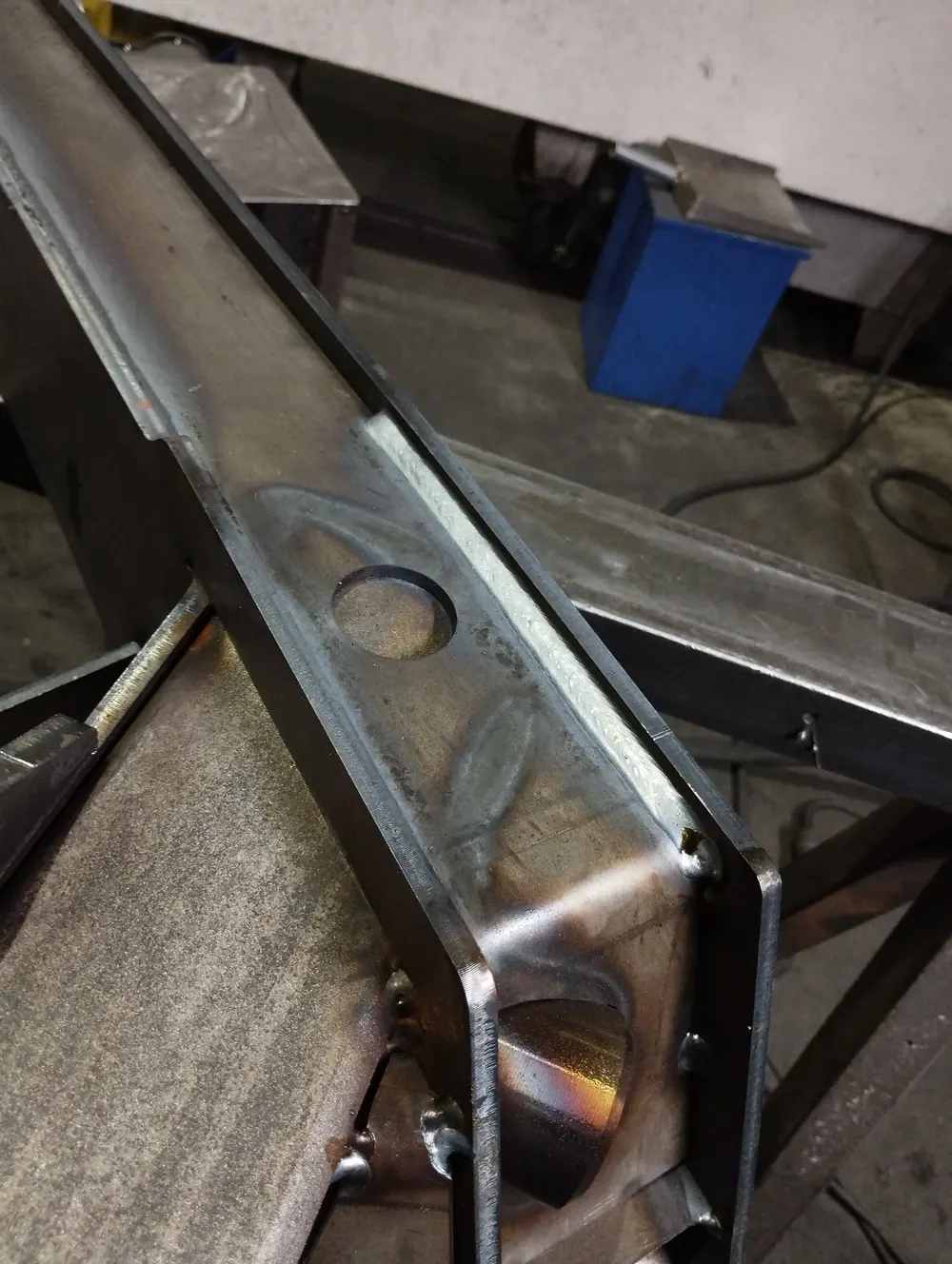
×


Welding in Aerospace: Materials and Techniques Used in Aircraft Construction
Welding plays a critical role in aerospace manufacturing, where materials and techniques must meet strict requirements for durability, strength, and weight reduction.
Aluminum alloys are commonly used in aircraft construction, and they can be welded using various techniques, such as gas tungsten arc welding (GTAW) and gas metal arc welding (GMAW).
Titanium and its alloys are also used in aerospace applications, and they require special welding techniques,
such as electron beam welding (EBW) and laser beam welding (LBW), to avoid contamination and preserve material properties.
Advanced composites, such as carbon fiber reinforced polymers (CFRPs), are increasingly used in aerospace, and they require specialized techniques,
such as ultrasonic welding or automated fiber placement (AFP).
Welding in aerospace requires strict adherence to standards and regulations, such as those established by the FAA and NASA, to ensure the safety and reliability of aircraft components.
Welding in Aerospace

The Impact of Welding on Material Microstructure and Properties
Welding can have a significant impact on the microstructure and properties of the base material.
The welding process can introduce heat and cooling cycles that can affect the grain structure, crystallographic orientation, and even create new phases.
This can lead to changes in the material's mechanical properties, such as strength, toughness, and ductility.
Additionally, welding can introduce residual stresses that can affect the material's fatigue life and susceptibility to cracking.
It is essential to understand the metallurgical changes that occur during welding and their impact on the material properties.
Proper welding procedures, including preheating, post-weld heat treatment, and filler material selection, can help mitigate the negative effects of welding on the material.
By carefully controlling the welding process and ensuring proper heat input, it is possible to produce high-quality welds with minimal impact on the material properties.
Dissimilar metals
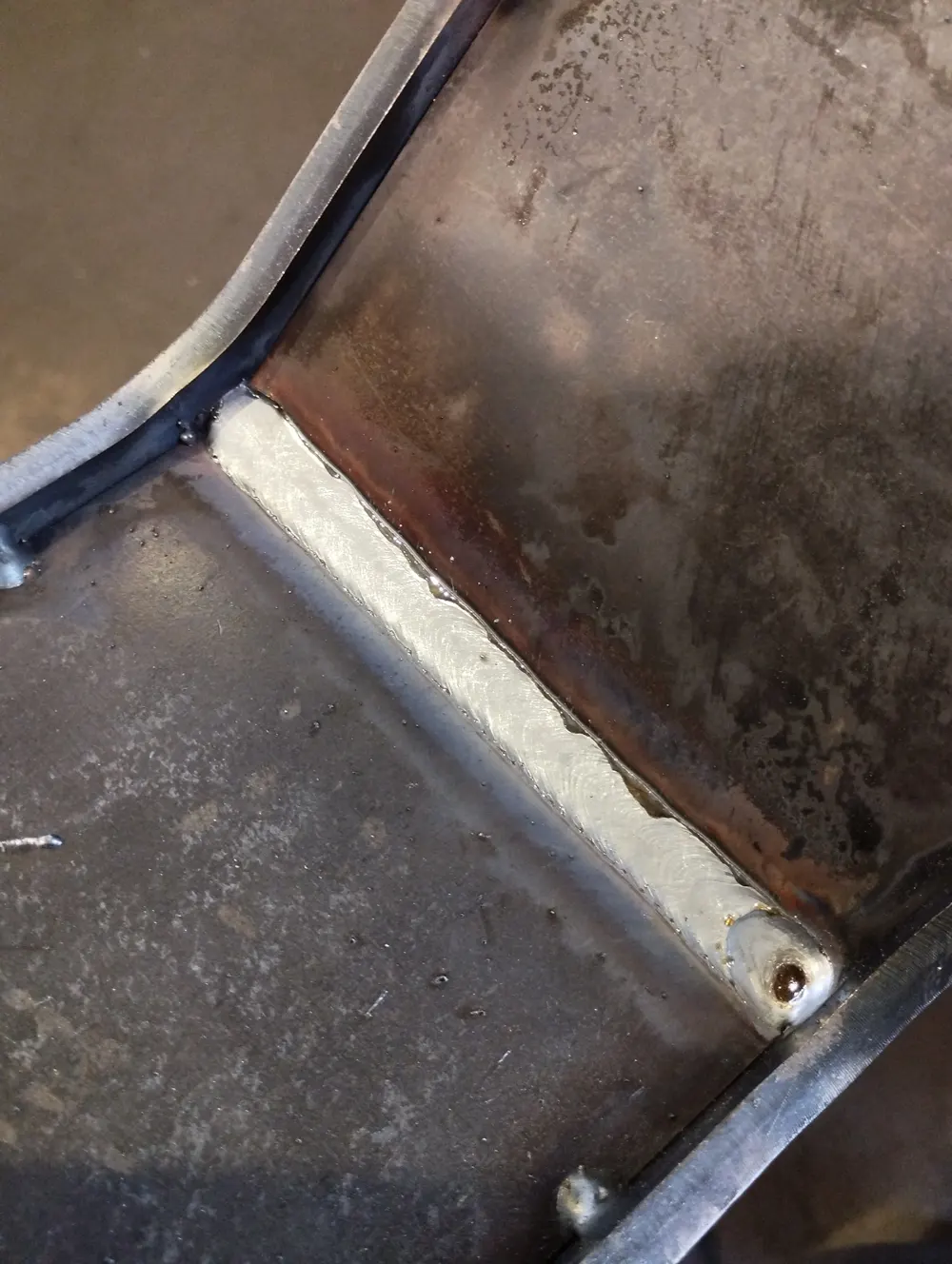
×


Welding Dissimilar Metals: Best Practices for Optimal Results
Welding dissimilar metals can be challenging, but there are some best practices that can help achieve optimal results.
One key consideration is selecting the appropriate welding technique and filler material for the specific metals being joined.
Pre-weld preparation, such as cleaning the surfaces and removing any contaminants, is crucial to ensure a strong bond.
Maintaining proper heat input and minimizing distortion during the welding process is also important.
It's essential to test the weld and ensure that it meets the required mechanical properties and structural integrity.
Additionally, monitoring and controlling the welding parameters, such as current, voltage, and travel speed, can help prevent defects and ensure consistent quality.
Overall, successful welding of dissimilar metals requires careful planning, attention to detail, and adherence to established best practices.
Dissimilar metals

The Advantages and Limitations of Laser Welding Technology
Laser welding technology offers several advantages compared to traditional welding methods,
including high precision, faster welding speeds, and reduced heat input, which can minimize distortion and damage to the surrounding material.
Laser welding also allows for the welding of dissimilar materials and can be automated, improving productivity and efficiency.
However, laser welding has some limitations, such as high equipment and maintenance costs,
limited depth of penetration, and sensitivity to surface cleanliness and material properties.
Additionally, the high energy of the laser beam can create safety hazards, requiring strict safety measures and protocols to be in place.
Laser Welding Technology
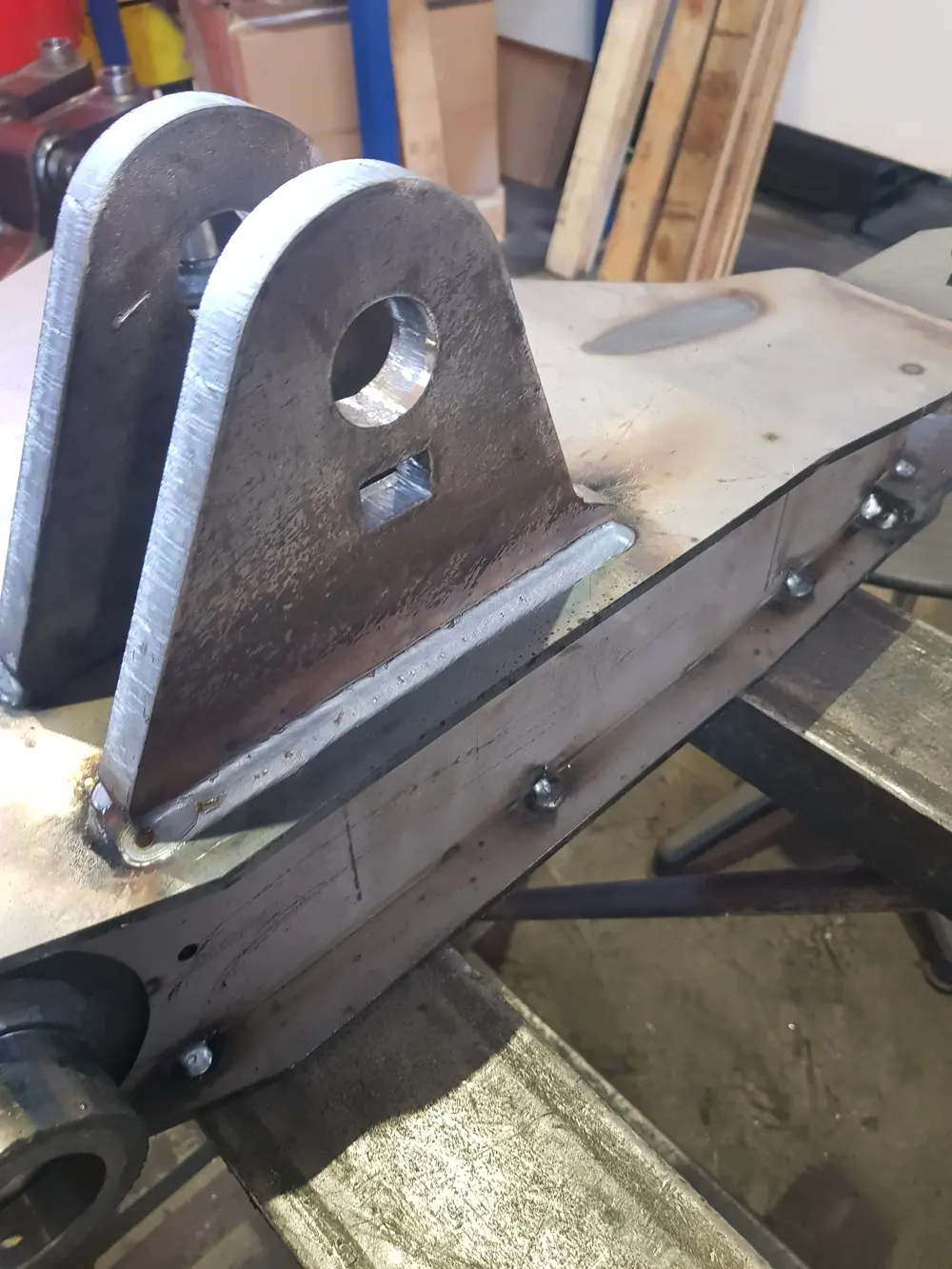
×






























